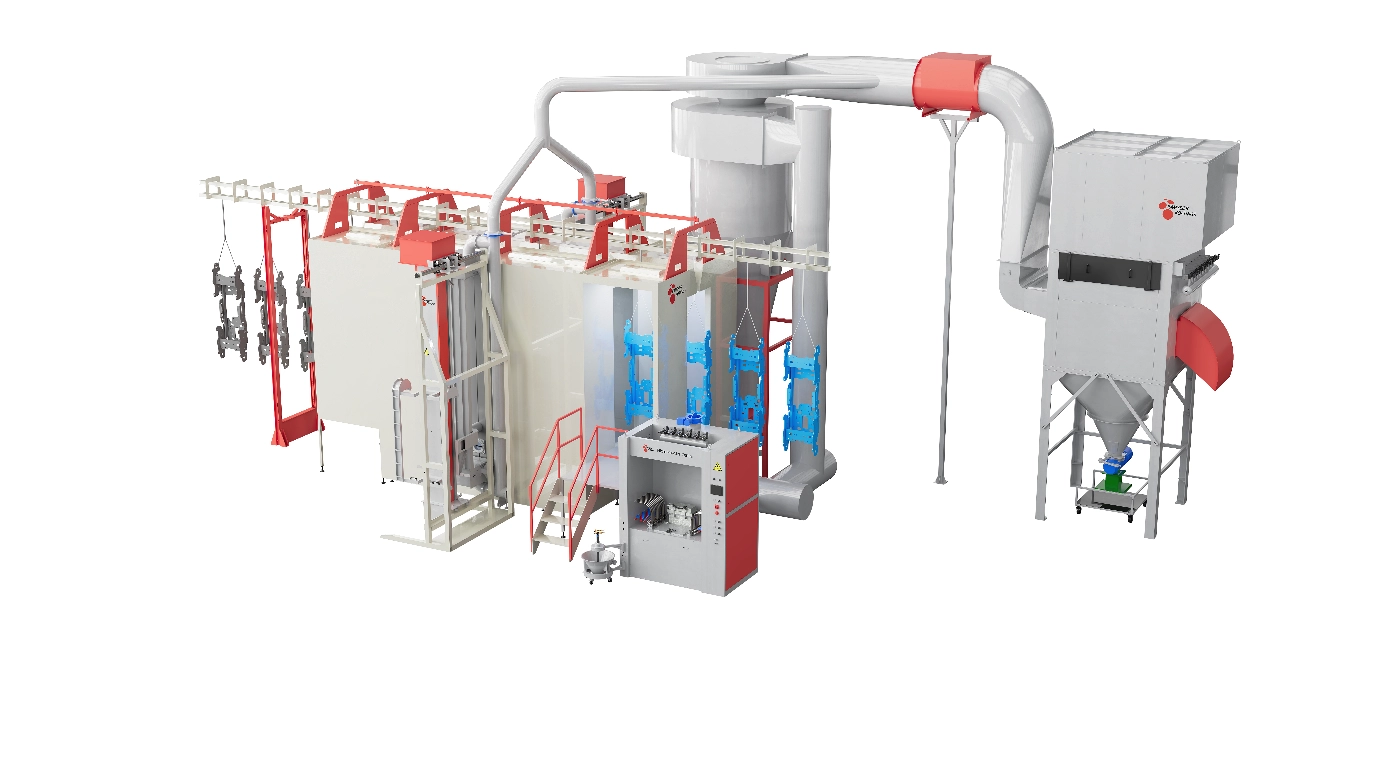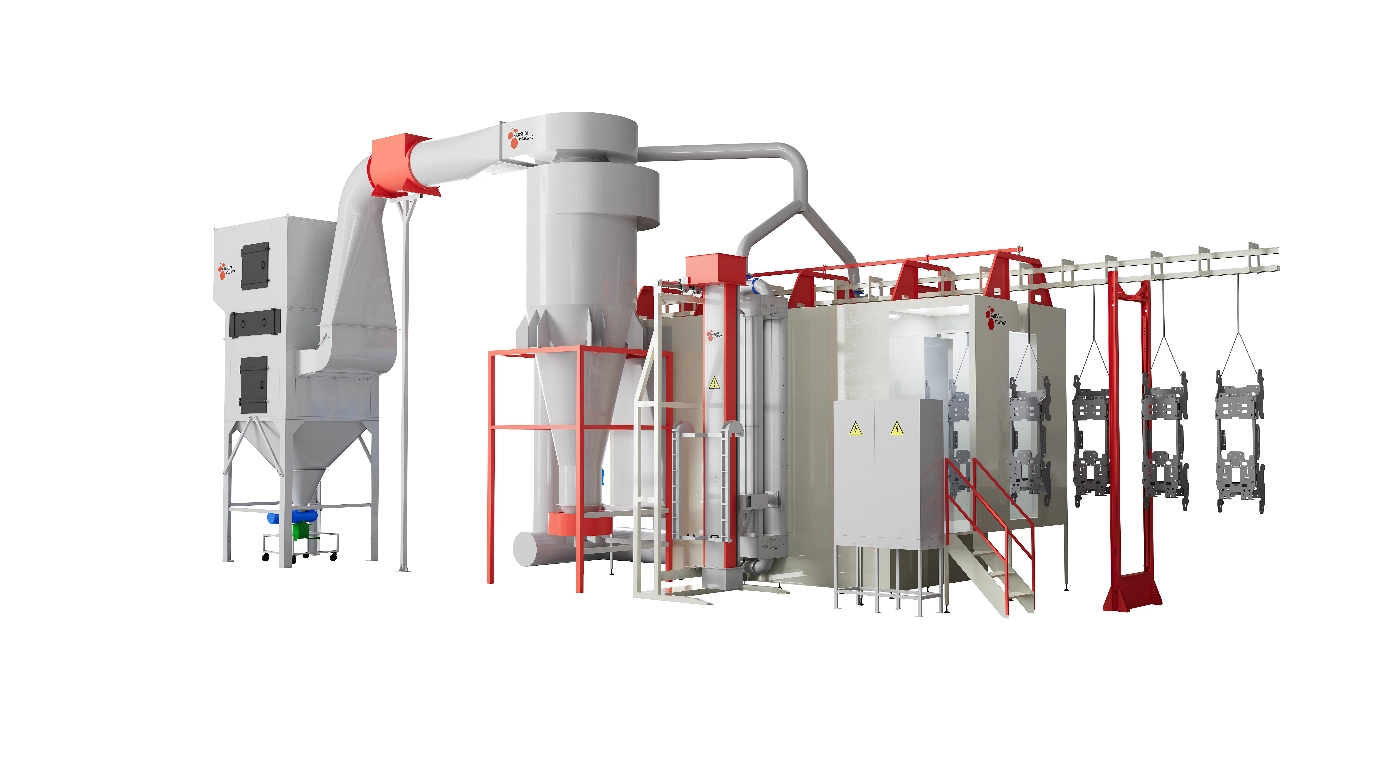Content Menu
● Understanding PLC Control Systems
>> What is a PLC?
>> Core Functions and Advantages of PLCs
● Data Management Systems in Industrial Automation
>> What is a Data Management System?
>> Capabilities of Data Management Systems
● Comparing Insights and Efficiency: PLC vs Data Management System
● How Integration Enhances Industrial Automation
>> Synergy Between PLCs and Data Management Systems
● Emerging Trends: PC-Based Control Systems and Big Data Analytics
>> Bridging the Gap Between Control and Data
● Practical Considerations for Choosing Between PLC and Data Management Systems
>> When to Choose PLC Control Systems
>> When to Choose Data Management Systems
>> When to Integrate Both
● Conclusion
● Frequently Asked Questions (FAQs)
In the rapidly evolving landscape of industrial automation, the choice between Data Management Systems and Programmable Logic Controllers (PLCs) is pivotal for organizations aiming to enhance operational insights and efficiency. Both technologies serve critical but distinct roles in managing industrial processes. This article explores their differences, strengths, and how they complement each other to optimize industrial automation.

Understanding PLC Control Systems
What is a PLC?
A Programmable Logic Controller (PLC) is a ruggedized industrial computer designed to perform real-time control of machinery and processes. Introduced in the 1960s, PLCs replaced traditional relay-based control systems, offering programmability, reliability, and adaptability in harsh industrial environments. They monitor inputs from sensors, execute control logic, and send commands to actuators to manage processes precisely.
Core Functions and Advantages of PLCs
PLCs excel in real-time control tasks. They are programmed to respond quickly and reliably to changing conditions on the factory floor, ensuring machinery operates safely and efficiently. Key advantages include:
- Robustness and reliability in industrial settings.
- Simple operation and programming using standardized languages.
- Precise control of discrete and continuous processes.
- Cost-effectiveness for localized control tasks such as a single machine or process line.
- Integration with SCADA and HMI systems for enhanced monitoring and control.
PLCs typically have limited data storage and processing capabilities, focusing mainly on executing control logic and managing immediate process variables such as setpoints and sensor inputs.
Data Management Systems in Industrial Automation
What is a Data Management System?
Data Management Systems, often embodied by Supervisory Control and Data Acquisition (SCADA) platforms or Industrial Internet of Things (IIoT) frameworks, are designed to collect, process, analyze, and visualize large volumes of data from multiple sources across an industrial facility. They provide a centralized view of operations, enabling strategic decision-making and process optimization.
Capabilities of Data Management Systems
Unlike PLCs, Data Management Systems offer:
- Comprehensive data acquisition from various devices and sensors.
- Advanced data processing and analytics, including trend analysis, predictive maintenance, and alarm/event management.
- Historical data storage in data historians for long-term analysis.
- Real-time visualization through dashboards and HMIs.
- Integration with enterprise systems like ERP and MES for holistic operational management.
These systems enable operators and engineers to gain deep insights into plant performance, identify inefficiencies, and optimize resource use.
Comparing Insights and Efficiency: PLC vs Data Management System
| Aspect | PLC Control System | Data Management System (e.g., SCADA) |
| Primary Role | Real-time control of specific machines/processes | Data acquisition, processing, and visualization across multiple processes |
| Data Handling | Limited to control-related variables | Large-scale data aggregation and advanced analytics |
| Control Scope | Localized, device-level control | Centralized monitoring and supervisory control |
| Data Storage | Minimal, focused on immediate process data | Extensive historical data storage and retrieval |
| Reporting & Analysis | Basic logging and local visualization | Advanced reporting, trend analysis, and predictive modeling |
| Complexity and Cost | Lower complexity and cost | Higher complexity and cost due to broader capabilities |
| Integration | Integrates well with SCADA and HMI | Integrates with PLCs and enterprise systems for holistic control |
How Integration Enhances Industrial Automation
Synergy Between PLCs and Data Management Systems
Rather than viewing PLCs and Data Management Systems as competitors, modern industrial automation leverages their integration to maximize both insights and efficiency. PLCs handle the critical real-time control tasks, ensuring processes run smoothly and safely. Meanwhile, Data Management Systems collect data from multiple PLCs and other devices, providing a comprehensive operational picture.
This integration allows:
- Bidirectional communication: Data flows from PLCs to SCADA for monitoring, and control commands flow back to PLCs for execution.
- Enhanced decision-making: Operators use aggregated data for troubleshooting, maintenance scheduling, and process optimization.
- Improved resource utilization: By analyzing trends and events, facilities can reduce downtime and optimize energy and material use.
- Support for advanced analytics: Machine learning and predictive algorithms can run on data management platforms, sometimes even on PC-based control systems that combine PLC functions with data analytics.
Emerging Trends: PC-Based Control Systems and Big Data Analytics
Bridging the Gap Between Control and Data
Recent advances have blurred the lines between traditional PLCs and data management platforms. PC-based control systems now allow control engineers to run big data analytics directly within the control environment, combining the reliability of PLCs with the computational power of modern IT systems.
These platforms:
- Support continuous online and offline data analysis without sacrificing control performance.
- Use standard programming languages familiar to PLC programmers, easing adoption.
- Enable real-time machine learning and optimization alongside control tasks.
- Serve as IoT gateways and edge computing devices, facilitating data flow to cloud platforms.
This evolution empowers manufacturers to harness the full potential of their data while maintaining robust control over their processes.
Practical Considerations for Choosing Between PLC and Data Management Systems
When to Choose PLC Control Systems
- For small to medium-sized processes requiring precise, reliable control.
- When cost and simplicity are priorities.
- For localized control tasks such as individual machines or production lines.
- When real-time responsiveness is critical.
When to Choose Data Management Systems
- For large, distributed industrial networks requiring centralized monitoring.
- When extensive data analysis and reporting capabilities are needed.
- To enable predictive maintenance and advanced process optimization.
- When integration with enterprise-level systems is essential.
When to Integrate Both
- To achieve real-time control alongside comprehensive operational insights.
- For complex industrial environments where data-driven decision-making improves efficiency.
- To support continuous improvement through data analytics and process feedback.
Conclusion
PLCs and Data Management Systems each play indispensable roles within industrial automation. PLCs provide the foundation of real-time, reliable control, ensuring processes run safely and efficiently. Data Management Systems offer advanced data acquisition, analysis, and visualization, empowering operators with actionable insights for optimization.
The best approach often lies in integrating both technologies, leveraging the strengths of each to achieve superior insights and operational efficiency. Emerging PC-based control platforms further bridge the gap, enabling seamless control and data analytics in a unified environment. Organizations that strategically combine these systems position themselves to thrive in the era of Industry 4.0 and the Industrial Internet of Things.
Frequently Asked Questions (FAQs)
Q1: Can PLCs perform advanced data analytics on their own?
A1: PLCs have limited data processing and storage capabilities and are primarily designed for real-time control. Advanced analytics typically require integration with data management systems like SCADA or PC-based platforms.
Q2: How does a SCADA system enhance the functionality of PLCs?
A2: SCADA systems collect data from multiple PLCs, aggregate and analyze it, provide visualization, and enable centralized monitoring and control, thus extending the capabilities of PLCs beyond localized control.
Q3: What are the cost implications of implementing SCADA vs. PLC-only systems?
A3: SCADA systems are generally more complex and costly due to their broader data handling and visualization capabilities. PLC-only systems are more cost-effective for smaller, simpler control tasks.
Q4: How do PC-based control systems change the traditional PLC landscape?
A4: PC-based control systems combine PLC control with powerful data analytics and IoT capabilities, enabling real-time data processing, machine learning, and edge computing within a single platform.
Q5: Is it possible to retrofit existing PLC systems to benefit from big data analytics?
A5: Yes, existing PLC systems can be integrated with data management platforms or upgraded with PC-based control systems to leverage big data analytics without losing core control functions.

[1] https://www.wevolver.com/article/plc-and-scada
[2] https://www.360doc.cn/article/72286766_944515696.html
[3] https://trdsf.com/blogs/news/industrial-control-systems-scada-vs-plc
[4] https://journals.viserdata.com/index.php/aem/article/download/3213/3144
[5] https://enercon.id/blog/scada-vs-plc/
[6] https://www.feishu.cn/content/plc-introduction-and-application
[7] https://www.machinemetrics.com/blog/sensor-data-vs-plc-data
[8] https://max.book118.com/html/2023/0515/8136112014005067.shtm
[9] https://www.trout.software/resources/tech-blog/harnessing-the-power-of-plc-data
[10] https://blog.csdn.net/m0_37818883/article/details/104782344
Hot Tags: China, Global, OEM, private label, manufacturers, factory, suppliers, manufacturing company










































 .
. 